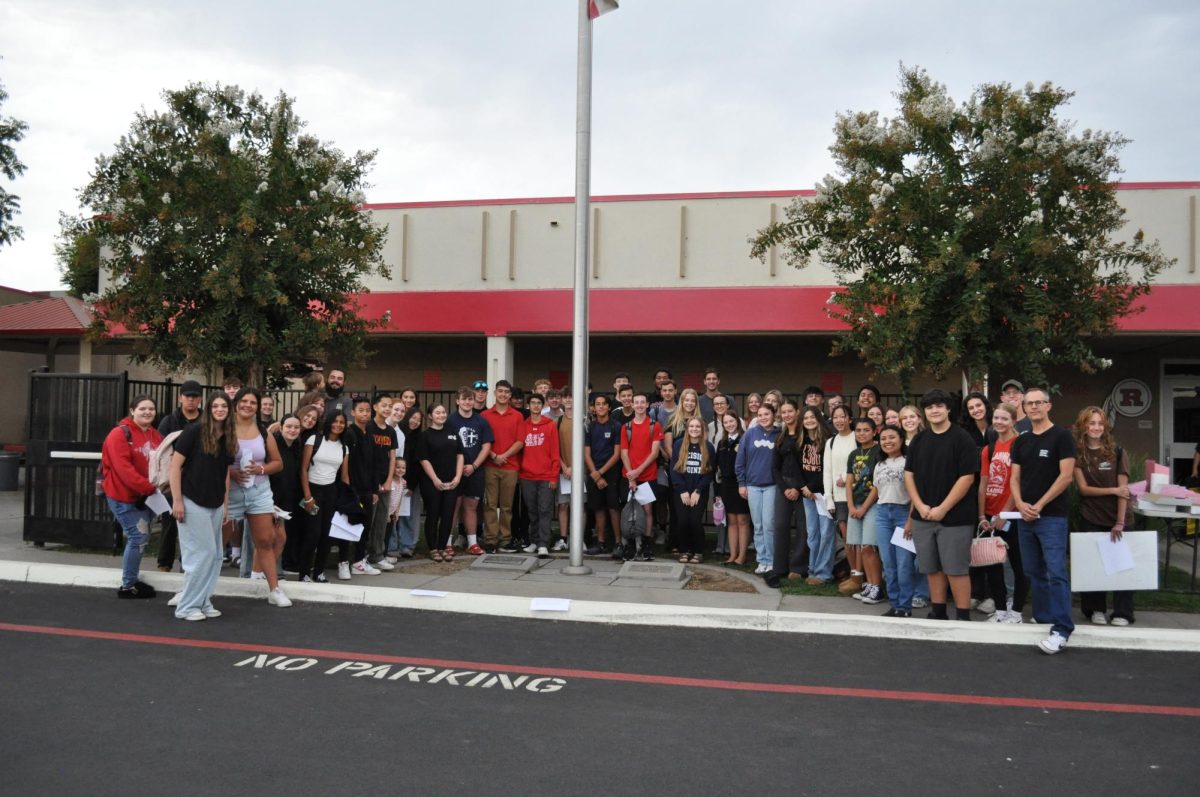 At some point in their lives, almost everyone has stumbled across a headline that seemed too good to be true. In fact, it probably was completely made-up.
At some point in their lives, almost everyone has stumbled across a headline that seemed too good to be true. In fact, it probably was completely made-up.
It is especially prevalent now, considering the recent presidential campaign that sent ripples across the United State’s political landscape. Many people will let what they want to believe take precedence over what is actually true.
“Then there’s fake news, the phenomenon that is now sweeping, well, the news,” said Angie Holan, a writer on PolitiFact. “Fake news is made-up stuff, masterfully manipulated to look like credible journalistic reports that are easily spread online to large audiences willing to believe the fictions and spread the word.”
Some people blame social media company Facebook for the recent fake news phenomenon due to recent statistics saying that nearly half of U.S. adults get their news from Facebook.
“I understand how sensitive this is and I have instructed our team to proceed carefully and focus on fighting spam, not flagging opinions,” Facebook C.E.O. Mark Zuckerberg said.
Typically, when one thinks of fake news, they think of some ridiculous headline that is obviously untrue. However, fake news, the kind that’s worrying, can be much more insidious and less obvious.
“If we are not serious about facts and what’s true and what’s not, if we can’t discriminate between serious arguments and propaganda, then we have problems,” said United States President Barack Obama. “Increasingly, we become so secure in our bubbles that we start accepting only information, whether it’s true or not, that fits our opinions, instead of basing our opinions on the evidence that is out there.”






